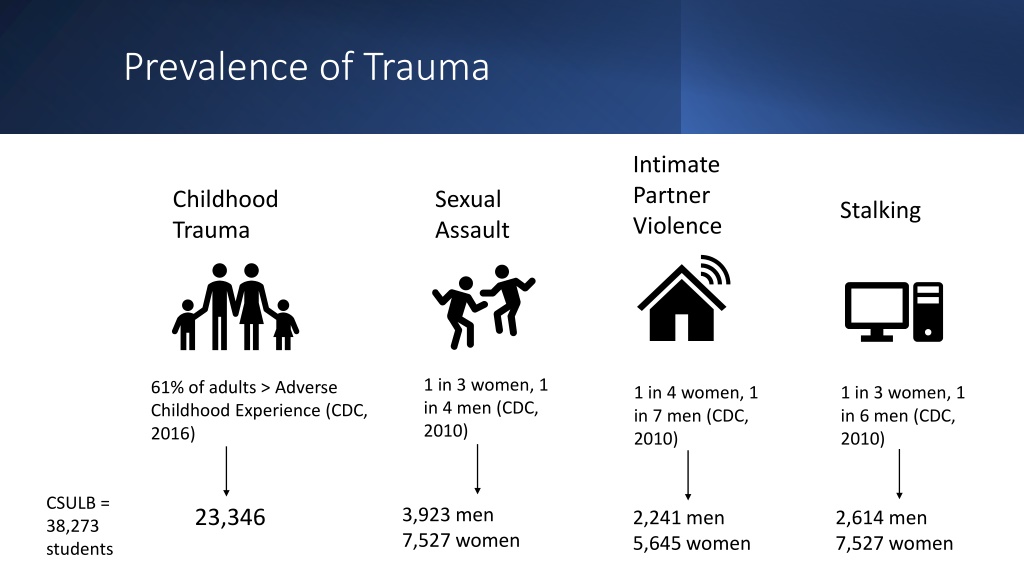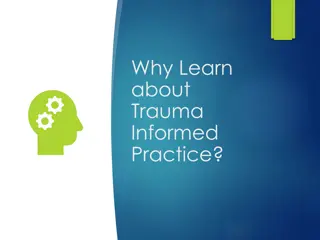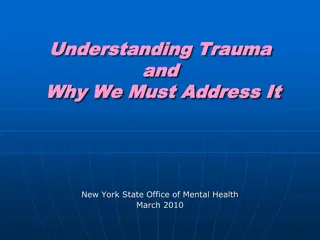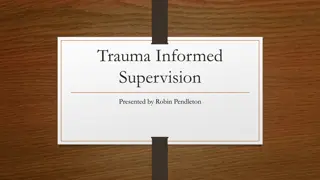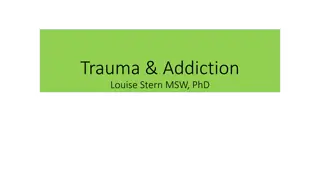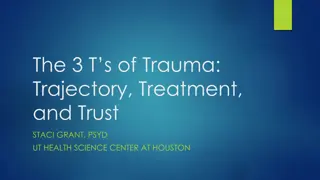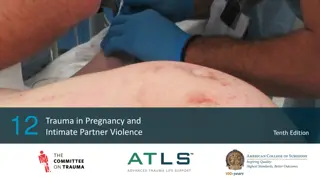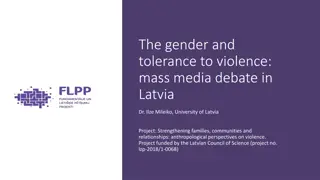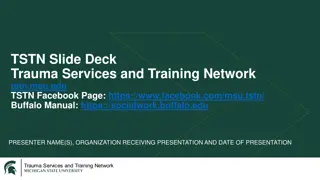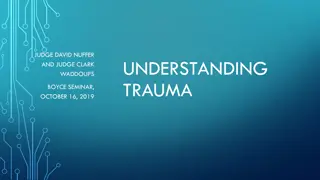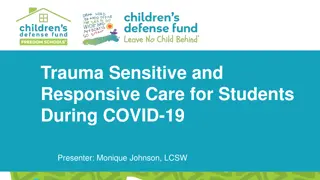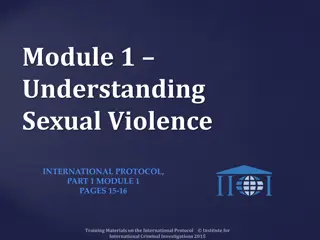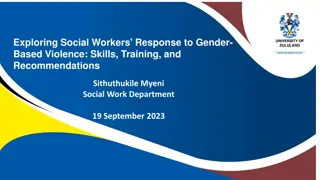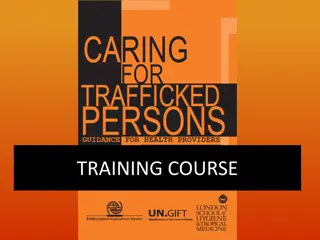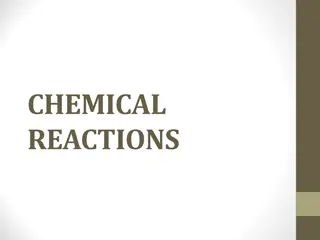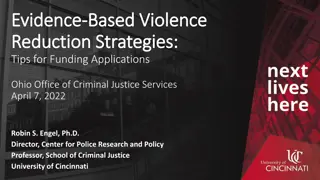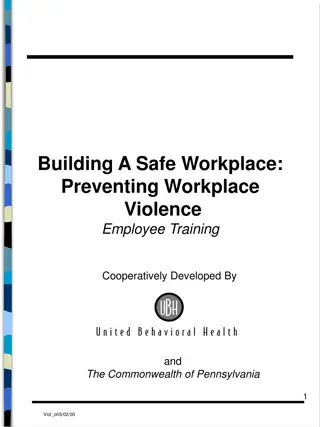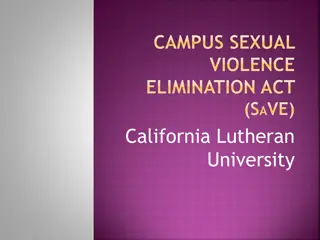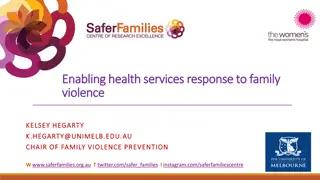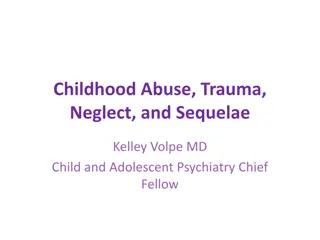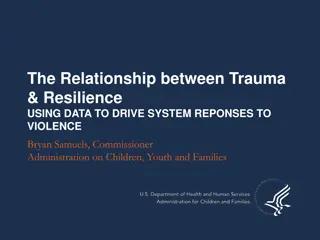Understanding Trauma and Social Reactions in Cases of Violence
This content highlights the prevalence of trauma, including intimate partner violence, childhood trauma, sexual assault, and stalking. It discusses disclosures to friends and family, social reactions survivors may face, victim blame, and the importance of providing support and understanding to survivors. The images included depict statistics, disclosure patterns, social reactions, victim blaming, and the right to say no. The overall message emphasizes the need for empathy, support, and positive social reactions towards survivors of violence.
Download Presentation

Please find below an Image/Link to download the presentation.
The content on the website is provided AS IS for your information and personal use only. It may not be sold, licensed, or shared on other websites without obtaining consent from the author. Download presentation by click this link. If you encounter any issues during the download, it is possible that the publisher has removed the file from their server.
E N D
Presentation Transcript
Prevalence of Trauma Intimate Partner Violence Childhood Trauma Sexual Assault Stalking 1 in 3 women, 1 in 4 men (CDC, 2010) 61% of adults > Adverse Childhood Experience (CDC, 2016) 1 in 4 women, 1 in 7 men (CDC, 2010) 1 in 3 women, 1 in 6 men (CDC, 2010) CSULB = 38,273 students 3,923 men 7,527 women 23,346 2,241 men 5,645 women 2,614 men 7,527 women
Disclosure to Friends & Family Nearly half of all women & a quarter of all men will experience sexual assault, physical violence, or stalking in their lifetime
Disclosure to Friends & Family Nearly half of all women & a quarter of all men will experience sexual assault, physical violence, or stalking in their lifetime
Disclosure to Friends & Family Nearly half of all women & a quarter of all men will experience sexual assault, physical violence, or stalking in their lifetime Each survivor of sexual & relationship trauma tells an average of 3 people, primarily friends and family
Social Reactions Unhelpful social reactions Blame and doubt Control Distraction Minimization Treat Differently Helpful social reactions Emotional support Tangible aid
Negative Social Reactions Positive Social Reactions Impact of Social Reactions More important to avoid negative reactions
Victim Blame Victim Blame Society tends to focus on the victim rather than the perpetrator There is nothing about someone s vulnerability that causes other people to hurt them
Right to Say No at Any Time for Any Reason
Activity One person reads the line of the survivor The other person reads the line of the support provider Pair up with another participant How did it feel as a survivor hearing this? How did if feel as a support provider saying this? What else can you do to support survivors?
